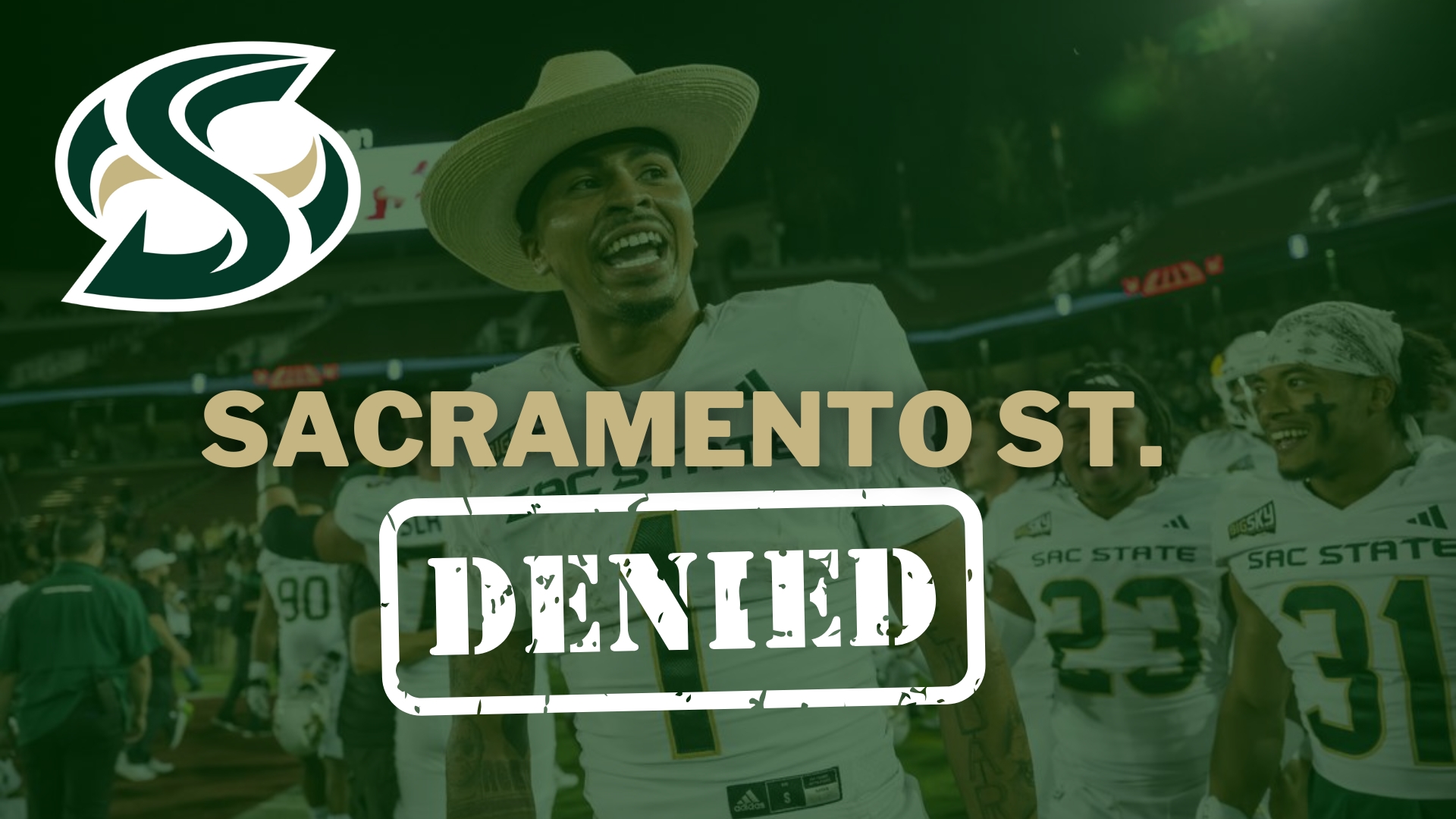Sacramento, CA – June 24, 2025 – Sacramento State University has officially notified the Big Sky Conference of its intent to withdraw, effective June 30, 2026, marking the first departure from the FCS league since Southern Utah in 2022. The move comes as a direct consequence of the NCAA Football Oversight Committee's recommendation to deny Sac State's waiver request to jump to the Football Bowl Subdivision (FBS), leaving the Hornets' football program in a precarious, conference-less limbo.
The university's decision signals a bold, albeit risky, gamble on its athletic future. While all of Sacramento State's other sports will find a new home in the Big West Conference starting in the 2026-27 academic year, football's path forward remains deeply uncertain. The Big West does not sponsor football, leaving the Hornets' gridiron program without a conference affiliation for the foreseeable future, at least until a clear path to FBS materializes, or they opt to remain an FCS independent.
Sacramento State had been on an aggressive campaign to elevate its athletic profile, driven by a desire to compete at the highest level of college football. This push included the announcement of plans for a new 25,000-seat football stadium, renovations to its basketball arena, and significant investment in NIL (Name, Image, and Likeness) initiatives, including a reported $50 million in commitments through its SAC12 organization. High-profile coaching hires, such as former UNLV offensive coordinator Brennan Marion for football and 14-year NBA veteran Mike Bibby for men's basketball, further underscored their ambition.
BREAKING: After getting denied to move up to FBS, Sac State has officially withdrawn from the Big Sky Conference.
— College Transfer Portal (@CollegeFBPortal) June 18, 2025
First program to leave since Southern Utah in 2022 @hornetsports???? pic.twitter.com/gl6QvVEq0I
The crux of Sac State's FBS aspirations hinged on a waiver from the NCAA's requirement for a "bona fide invitation" from an FBS conference. Located in a region with limited FBS conference options, Sacramento State argued that geography unfairly penalized their readiness. They pointed to their investments, infrastructure, and commitment as proof of their eligibility. However, the NCAA Football Oversight Committee disagreed, citing the lack of a conference invite as paramount to demonstrating readiness, a rationale that Sac State President Dr. Luke Wood publicly called "flawed."
The committee's recommendation, delivered just days before the official withdrawal, was a major blow. While the final decision rests with the NCAA Division I Council, which meets this week, it typically follows the oversight committee's advice. If the waiver is ultimately denied, as expected, Sacramento State's football team will enter the 2026 season as an FCS independent.
This situation presents both opportunities and significant challenges. For Sacramento State's non-football sports, joining the Big West offers a geographically desirable and competitively strong conference, aligning them with fellow California institutions and reducing travel demands. The Big West has officially welcomed Sacramento State, expressing excitement about strengthening the conference competitively and academically.
However, the football program faces an uphill battle. Scheduling as an FBS or FCS independent is notoriously difficult, and the lack of a conference home could impact recruiting and fan engagement. While the university is prepared to play as an FCS independent in the short term, the long-term viability of this path without an FBS conference home or a successful reclassification remains a major question mark.
Sacramento State was denied after submitting a waiver to join the FBS, applying to be a member of the Pac-12. ???? pic.twitter.com/8YITF5f3vq
— College Sports Network (@CFN365) June 24, 2025
Sacramento State's departure leaves the Big Sky Conference with decisions to make regarding its future membership and scheduling, particularly in sports like softball and men's golf, which will fall below the NCAA's minimum six-member threshold for automatic bids to national tournaments.
This unfolding saga at Sacramento State is a stark reminder of the volatile nature of modern college athletics, where ambitions for elevation often collide with complex NCAA regulations and the unforgiving realities of conference realignment. The Hornets have bet big on their future, and now, the entire college sports world will be watching to see if their bold strategy pays off.























